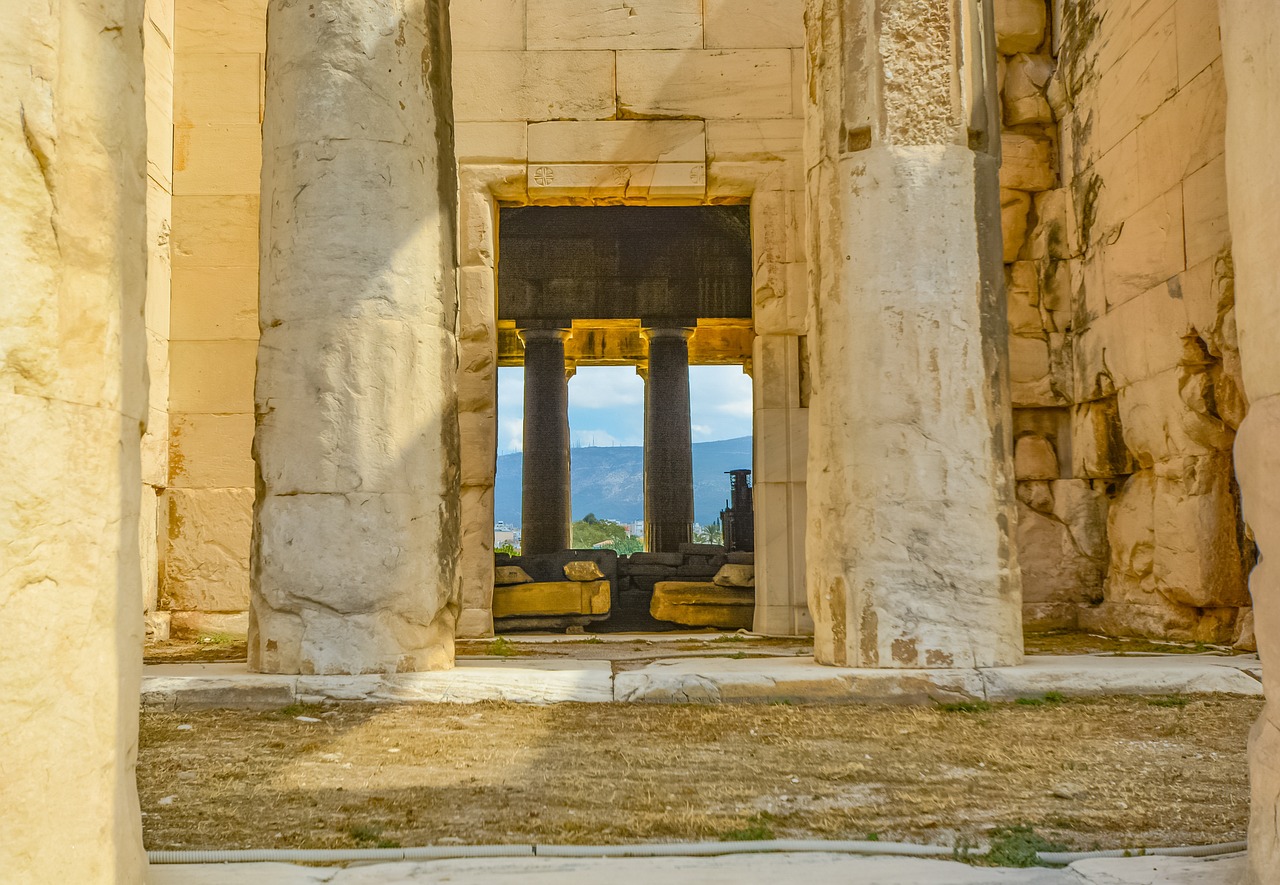Hephaestus: The God of Fire and Craftsmanship
Hephaestus, known in Greek as Hêphaistos, is the Olympian deity representing fire, metalworking, stonemasonry, and sculpture. Commonly portrayed as a bearded figure wielding tools of the trade—such as a hammer and tongs—he is also sometimes depicted riding a donkey, which adds a unique aspect to his character.
MYTHOLOGICAL ACCOUNTS
Several significant tales revolve around Hephaestus:
- His dramatic expulsion from Olympus by Hera immediately after his birth.
- The ingenuity he displayed when he captured Hera in a cursed throne, leading to his return to Olympus.
- His tumultuous marriage to Aphrodite, noted for her infidelity with Ares, which he ingeniously exposed using a golden net.
- The creation of Pandora, the first woman, tasked by Zeus.
- His involvement in the attempted assault on Athena, which inadvertently led to the birth of Erikhthonios from the Earth.
- The creation of the fabled necklace of Harmonia, symbolizing a curse on her family.
- His participation in the Trojan War, notably battling Skamandros, the river god.
- The striking armor he fashioned for Achilles at the behest of Thetis, Achilles’ mother.
His extensive mythological background is elaborated further on dedicated pages.
HEPHAESTUS’ FAMILY
Hephaestus’ lineage is marked by divergence in tradition. He is mainly regarded as the offspring of Zeus and Hera, although some legends assert that he was born solely from Hera, born out of jealousy after Zeus’s birth of Athena. Another tradition holds that he emerged from Hera’s thigh.
His offspring, though not specified in early texts, expand significantly in later works. During the Trojan War, Hephaestus aligned with the Greeks but was also revered among the Trojans, once saving a Trojans’ life from Diomedes’s onslaught.
ARTISANSHIP AND POWERS
In his role as the god of fire, Hephaestus is associated with volcanic fire’s nature and its essential role in crafting tools and works. His connection with the physical manifestation of fire led to the belief that he was physically frail due to a perceived weakness at birth, resulting in Hera abandoning him from Olympus. Thankfully, marine deities, Thetis and Eurynome, took him in and nurtured him, where he spent many years crafting beautiful ornaments.
Despite past grievances with his mother, Hephaestus showed kindness and ultimately returned to Olympus, where he excelled in craftsmanship. His workshop was furnished with extraordinary devices that operated autonomously at his command, enabling him to produce remarkable creations for gods and mortals alike. Over time, his craftsmen grew to include the Cyclopes, re-imagining his workspace not merely in Olympus, but within the depths of volcanoes.
CULTURE AND ICONOGRAPHY
Hephaestus is often compared to Athena; both gods endowed humanity with artistic gifts, though Hephaestus often fell short in grandeur compared to Athena’s prowess. Worship and rituals in Athens represented both deities, emphasizing their mutual significance in the arts. There’s also a belief linked to Lemnian earth, associated with healing powers, attributed to Hephaestus’s history.
He featured prominently in art and literature, represented in various capacities including sculptures and vase paintings—the latter depicting scenes of his interactions with divine and mortal realms. Descriptions of him in classical literature often reflect his robust frame, piled with a touch of lameness, contrasting his strength.
The Romans recognized Hephaestus as Vulcan, albeit as a distinct deity of fire within their tradition.
PHYSICAL DESCRIPTION IN ANTIQUITY
References to Hephaestus’s physical form are scant. He is described with notable lameness, his body appearing strong yet disfigured, using golden supports during movement. This consistent portrayal underscores his duality—a powerful artisan burdened by physical limitations.
In terms of artistic depictions, Hephaestus evolved into an image characterized by a strong torso and tools of craftsmanship, continually maintaining ties to his root as a divine smith.
Through his myriad stories of creation, betrayal, and resilience, Hephaestus stands out as a complex figure in Greek mythology—symbolizing the transformative power of art and the fiery essence behind creativity.



